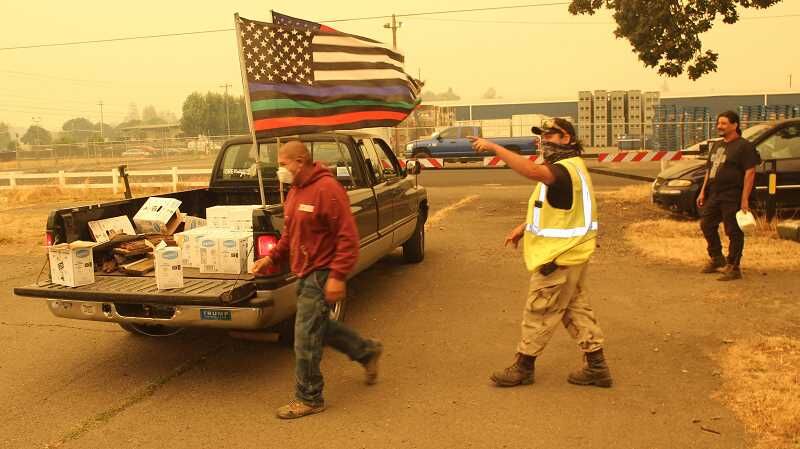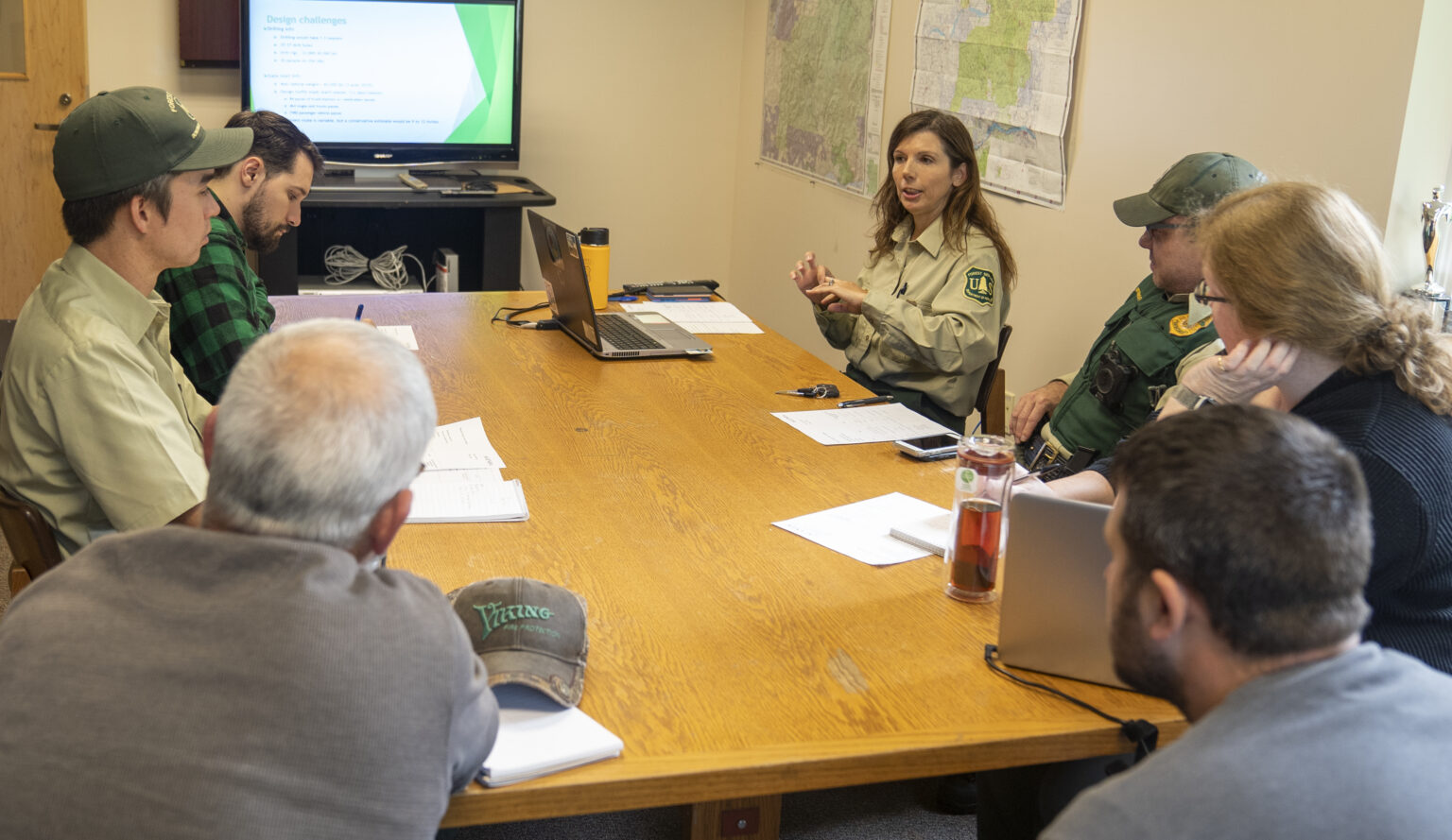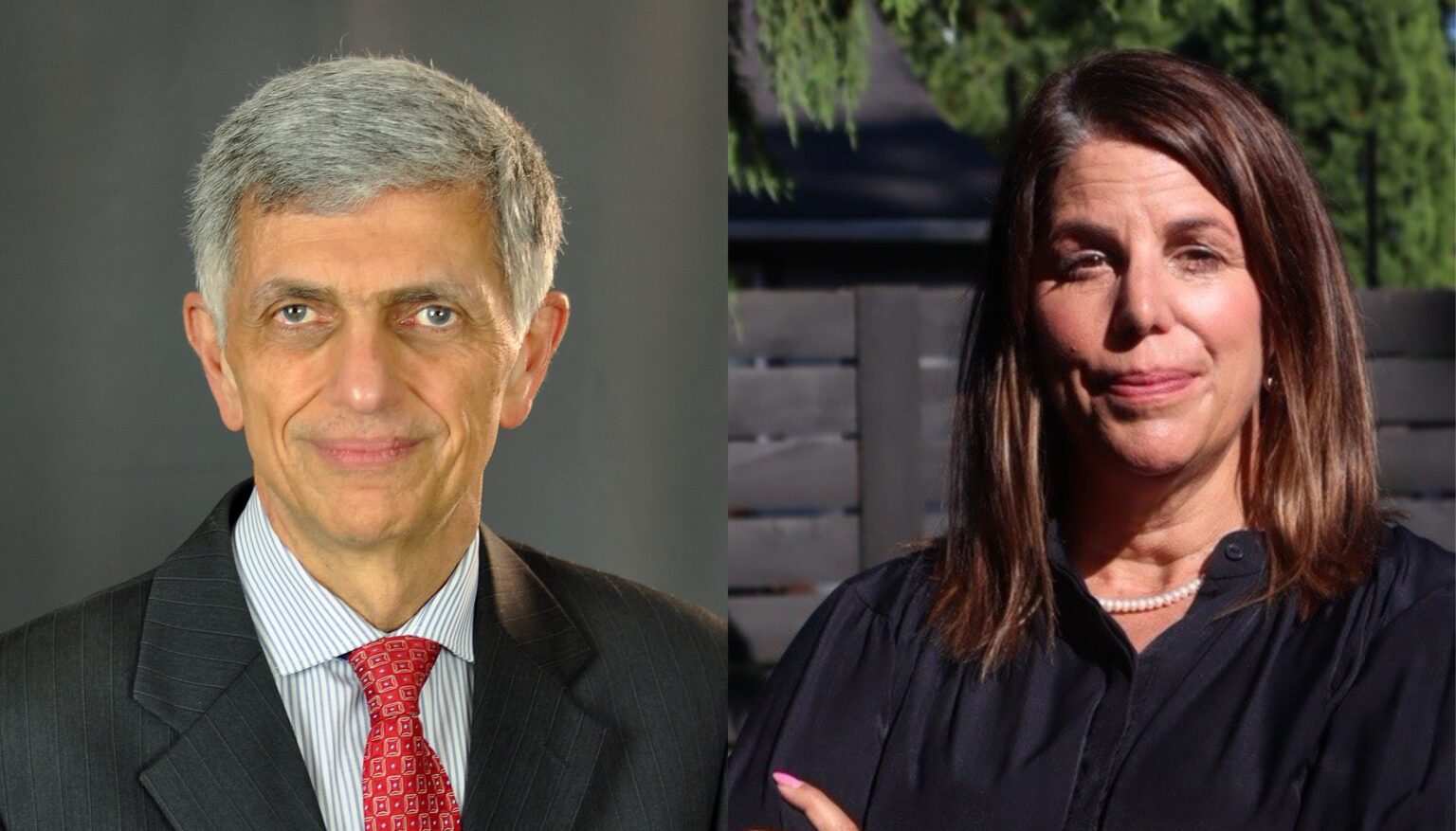Report: Climate crisis negatively impacting youth mental health
Published 11:43 am Tuesday, June 14, 2022

- Volunteers hand out milk to families at the Oregon State Fairgrounds evacuation center. Thousands were evacuated from the Santiam Fire this week.
A new report released by the Oregon Health Authority found young people are experiencing negative mental health impacts due to the climate crisis.
The report includes direct interviews with youth who reported increased stress, anxiety and feelings of hopelessness and despair tied to climate disasters. Researchers conducted interviews, youth focus groups, story circles and a literature review. The OHA report was ordered by Gov. Kate Brown’s executive order 20-04, which called for the state to study the impacts of climate change on youth mental health.
Trending
“Increasing extreme weather events and climate-related disasters, climate stressors such as water and food insecurity, slow progress from leaders and increased awareness of the negative impacts of climate change are leading to feelings of hopelessness, despair, anxiety and frustration among young people,” the report states.
That’s consistent with the “climate anxiety” or “eco-anxiety” being reported globally.
Julie Early Sifuentes works with OHA’s Climate and Health Program and was a lead author on the report. Sifuentes said the report demonstrates the link between worsening climate events and growing climate-related distress.
“As climate effects get worse, youth are becoming very worried about their future and the future of their younger siblings.,” Sifuentes said. “I hope this report gets more conversations going in communities across the state, about how we can join with youth in confronting these crises.”
In Oregon, three main components are having adverse impacts on young people: increased extreme weather events and climate-related disasters, chronic climate stressors, such as water and food insecurity and increased awareness of climate change, leading to climate anxiety, the report states.
Disasters like wildfires can cause “severe psychological and emotional distress,” following the disaster among impacted communities, the report’s authors noted. Residents who are displaced by wildfire or other disasters often lose their sense of safe space, as well as basic needs. That can lead to trauma and shock; post-traumatic stress disorder; anxiety and depression; stress-related physical symptoms; community displacement and strains in social relationships.
Trending
In the Phoenix-Talent School District, nonprofit groups held story circles to give students there a chance to share and come to terms with their feelings after devastating fires that displaced residents and destroyed others’ homes.
Klamath Tribes youth noted the burden of pollution in lakes and rivers and the impacts of resource degradation on hunting, fishing and gathering.
In Portland, 16-year-old Robin Sack can remember the dread and fear that sunk in during the 2020 wildfires that filled Portland’s skies with smoke.
“I didn’t go outside because I was too scared to breathe in the particles in my lungs,” Sack, a Grant High School student, said of the 2020 fires. “We had been stuck inside for three days because of the smoke. I think that was the first time we really couldn’t go outside.”
She revisited those feelings in 2021, when a deadly heat wave drove temperatures past 110 degrees, making it unsafe to be outside. Her family’s home didn’t have air conditioning at the time and going for a late night walk provided no reprieve.
“Going through those climate disasters, it definitely takes a toll on someone,” Sack said. “After taking a walk on (that) day, I remember crying in my kitchen because I knew we were going to have to go through that again and other people are going to have to go through that again. Right now, it doesn’t feel like it is going to be OK.”
Oregon youth, including Sack, have been prominent forces behind climate strikes and environmental protests. Groups like Sunrise Movement — a youth-based climate justice organization with branches in several cities — have been instrumental in galvanizing teens and young adults into action.
For some, that advocacy provides hope.
Yusuf and Yaseen Arifin aren’t old enough to vote, but they’re already interning with the Oregon League of Conservation Voters. The teen brothers in Beaverton have also worked with Renew Oregon to get cap and trade legislation passed.
“I feel like I’m contributing to a larger purpose and larger goal,” said Yusuf Arifin, 16. “Whatever I’m able to do on my part, that makes me feel a little bit better.”
Yaseen Arifin, 14, said he started educating himself after a family vacation in Chile.
“We were in a national park. We were looking down. There were glaciers and I noticed the glaciers were melting right in front of me,” the 14-year-old recalled. “That was the first example of climate change I saw right in front of my eyes.”
Seeing irreversible consequences firsthand was unsettling, Yaseen said. “It gives me a lot of anxiety and sometimes I just feel like there’s no hope for the future.” Still, he’s determined to stay involved and encourage adults to vote for candidates and policies that will help combat greenhouse gas emissions.
The OHA report noted that chronic stressors like those caused by environmental changes have had led to an uptick in issues reported by teens over the past decade.
“The rate of young people suffering from helplessness, depression and suicide had already been increasing before the COVID-19 pandemic began in 2020,” the report states. “From 2009 to 2019, the proportion of high school students reporting persistent feelings of sadness or hopelessness increased by 40%. Between 2007 and 2018, suicide rates among youth ages 10-24 in the US increased by 57%. The pandemic exacerbated the crisis by increasing disruption and isolation. Fortunately, Oregon has not seen an increase in youth suicide during the pandemic. However, the state continues to experience a higher youth suicide rate than the national average.”




